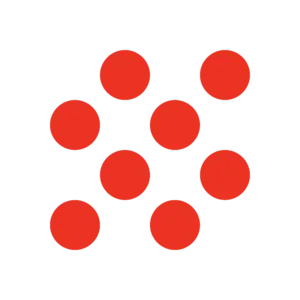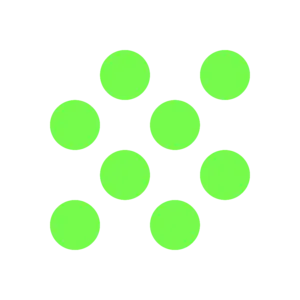-
E172 – Iron oxides and hydroxides
Colouring additive rated ORANGE – SOME CONCERNS due to safety debates, though legally permitted in EU and US.
-
E124 – Ponceau 4R
Ponceau 4R (E124) is a synthetic red azo dye banned in the US and Canada, allowed under restrictions in the EU, and linked to health concerns including hyperactivity and allergic reactions. Classified RED – UNSAFE.
-
E200 – Sorbic acid
Sorbic acid (E200) is widely regarded as safe when used within approved limits. It has been extensively assessed by regulators and is one of the most relied‑upon food preservatives for controlling moulds and yeasts in…
-
E330 – Citric acid
Citric acid (E330) is classified here as GREEN because it is naturally found in citrus fruits and is widely recognized as safe. It is one of the most commonly used food acids and preservatives worldwide.
-
E220 – Sulphur dioxide
Classified here as ORANGE because while most people can tolerate it in small amounts, sulphur dioxide can trigger asthma attacks, respiratory problems, and allergic-like reactions in sensitive individuals.
-
E202 – Potassium sorbate
Potassium sorbate (E202) – widely used preservative for molds/yeasts, EFSA ADI 0–25 mg/kg bw/day, FDA GRAS (generally recognized as safe).
-
E171 – Titanium dioxide
Titanium dioxide (E171) is a whitening/opacity agent banned in the EU (2022) after EFSA concluded it can no longer be considered safe. Still permitted in the US up to 1% by weight.
-
E128 – Red 2G
Red 2G (E128) is a synthetic azo dye, banned in the EU since 2007 due to carcinogenic concerns.
-
E123 – Amaranth
Amaranth (E123) is a synthetic red azo dye banned in the US and many countries due to cancer risk. Still permitted in limited EU uses, it is classified as UNSAFE and should be avoided.
-
E211 – Sodium Benzoate
Sodium benzoate (E211) is a preservative used in soft drinks, sauces, and processed foods. While generally safe at regulated levels, it has been linked to benzene formation and hyperactivity in children, making it a substance…
-
E407 – Carrageenan
Carrageenan (E407) is a seaweed-derived thickener and stabilizer used in dairy, plant-based milks, and processed foods. It is legally allowed but remains controversial due to concerns about digestive health.
-
E304 – Ascorbyl palmitate
Ascorbyl palmitate (E304) is a fat‑soluble vitamin C derivative used as an antioxidant to protect fats and flavors. Widely considered safe at authorised uses.
-
E302 – Calcium ascorbate
Calcium ascorbate (E302) is a safe food additive used as an antioxidant and dietary source of Vitamin C and calcium.
-
E301 – Sodium ascorbate
Sodium ascorbate (E301) is a safe food additive used as an antioxidant and source of Vitamin C.
-
E250 – Sodium Nitrite
Sodium Nitrite (E250) is a preservative used in cured meats. Effective against dangerous bacteria, but controversial due to cancer risk from nitrosamines.
-
E300 – Ascorbic Acid (Vitamin C)
Ascorbic Acid (E300) is Vitamin C – a safe, natural antioxidant widely used to preserve freshness, prevent oxidation, and provide nutritional benefits.
-
E129 – Allura Red AC
Allura Red AC (E129), also known as FD&C Red No. 40 in the United States, is a bright red azo dye used extensively in beverages, confectionery, dairy desserts, baked goods, and pharmaceuticals.
-
E102 – Tartrazine
Tartrazine (E102) is a synthetic lemon-yellow azo dye used widely in processed foods, beverages, medicines, and cosmetics.
-
E950 – Acesulfame K
Acesulfame potassium is a synthetic sweetener developed in the late 1960s by German chemists. Common Uses: Diet and “zero” soft drinks, sugar-free chewing gums, candies, and desserts, low-calorie yoghurts and baked goods (heat stable, unlike…
-
E621 – Monosodium glutamate (MSG)
MSG is the sodium salt of the amino acid L‑glutamic acid used to boost umami and overall flavour. Common Uses: Snack foods, instant noodles, packet soups and meal bases for depth and meatiness, processed meats…
Food additives database
Is It Safe? Side Effects & Regulation
Each entry explains what the additive is, where it is used, and its safety profile. You will also find details about possible side effects and how regulators in the EU, US, and other markets classify it. Simple grading system shows whether an additive is GREEN (Safe), ORANGE (Some Concerns), or RED (Unsafe/Banned).



